#Princess Victoria Eugenie of Battenberg
Explore tagged Tumblr posts
Text

✧.* ~ Three Generations of British Victorias ~ ✧.*
Queen Victoria of Great Britain and Ireland, 1819-1901
Victoria Princess Royal, Crown Princess of Prussia, Empress of Germany, 1840-1901
Princess Viktoria of Prussia, Princess of Schaumburg Lippe, 1866-1929
Princess Victoria of Wales, 1868-1935
Princess Victoria Melita of Edinburgh, Grand Duchess Viktoria Feodorovna of Russia, 1876-1936
Missing from photo:
Princess Victoria of Hesse and By Rhine, Marchioness of Milford Haven, 1863-1950
Princess Helena Victoria of Schleswig Holstein, 1870-1948
Princess Victoria Eugenie of Battenberg, Queen Consort of Spain, 1887-1969
✧.*
#british royal family#queen victoria#Victoria Princess Royal#crown Princess Victoria of Prussia#empress victoria of germany#prussian royal family#princess Viktoria of Prussia#princess Viktoria of Schaumburg lippe#Princess Victoria of wales#princess Victoria#princess Victoria Melita#grand duchess Viktoria feodorovna of Russia#princess victoria of hesse#marchioness of Milford haven#Victoria of Battenberg#Princess Victoria Eugenie#princess victoria eugenie of battenberg#queen victoria eugenie of spain#spanish royal family#hessian Royal family#princess Helena Victoria of Schleswig Holstein
28 notes
·
View notes
Text

"Possibly no debutante ever enjoyed her first season more than did Princess Victoria Eugenie. Accompanied by her mother and Princess Beatrice of Saxe-Coburg, she went everywhere, and wherever she appeared, she won golden opinions by her beauty, her unaffected charm of manner, and her sweet winsomeness. Her delight in life was perfected by an inherent desire to give delight to others, and her gaiety was always tempered by a vivid gift of sympathy, which endeared her to young and old alike. Then, towards the close of her first season--while yet the great world was new to her, and witching and wonderful--Don Alfonso crossed the path of the young princess. Never was a more desperate case of love at first sight. If it was true that the King came upon a quest, his quest was over."
-- Albert Frederick Calvert on Princess Victoria Eugenie of Battenberg, who would marry King Alfonso of Spain. "Ena," as she was called, was a carrier of the hemophilia gene, and the disease was thus brought into the Spanish royal family. Although he was aware of the possibility, when it became clear that his son and heir had inherited the dreaded condition, Alfonso blamed Ena, and he never forgave her.
"A more elegant woman one rarely sees anywhere in the world. The eye of the Spanish people, quick and sensitive to taste and beauty, instantly caught all these details, and even if her nature, disposition, and character were not what they are, she would still be idolised for her beauty alone.
-- Kellogg Durland, 1911
#princess victoria eugenie of battenberg#de laszlo#portrait#Albert frederick calvert#kellogg durland#quotes
117 notes
·
View notes
Text
𝙲𝚑𝚘𝚌𝚘𝚕𝚊𝚝𝚎 𝚌𝚊𝚛𝚍𝚜 𝚘𝚏 𝚁𝚘𝚢𝚊𝚕 𝚠𝚘𝚖𝚎𝚗 👑✨🍫
(𝙿𝚊𝚛𝚝 𝟸 𝚘𝚞𝚝 𝚘𝚏 𝟺)
~~~~~~~~~~~~~~~~~~~~~~~~~~~~~~~~~~~~~~~~~~~~~~~
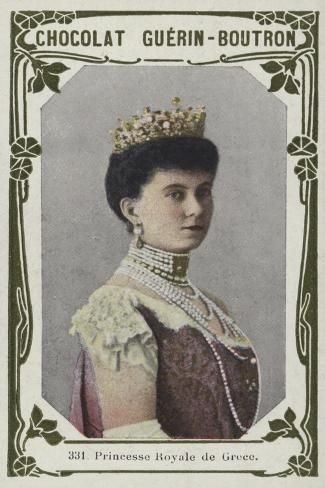
Queen Sophia of Greece, née Princess Sophia of Prussia.
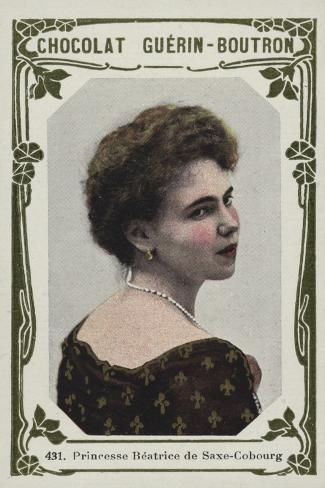
Princess Beatrice, Duchess of Galliera, née Princess Beatrice of Edinburgh.
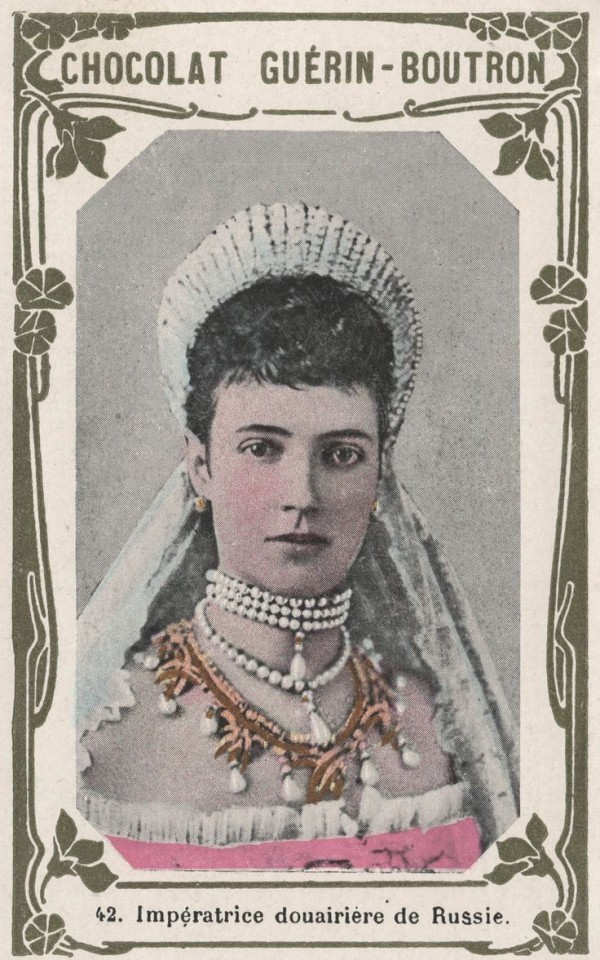
Empress Maria Feodorovna, née Princess Dagmar of Denmark.
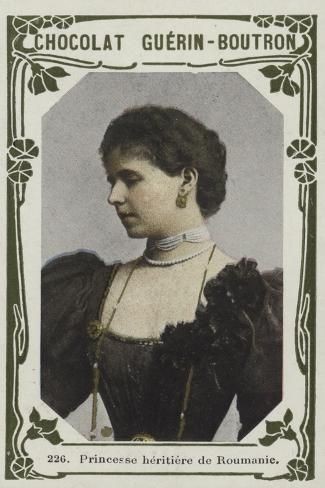
Queen Marie of Romania, née Princess Marie of Edinburgh.
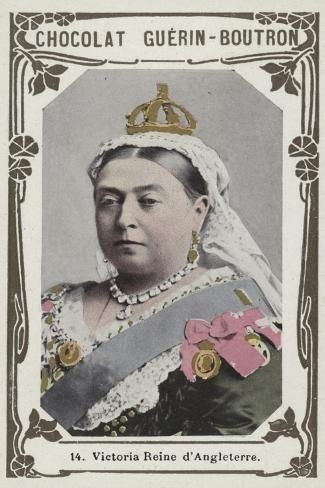
Queen Victoria, née Princess Alexandrina Victoria of Kent.
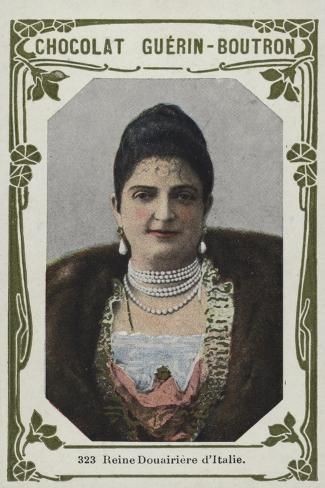
Queen Margherita of Italy, née Princess Margherita of Savoy.
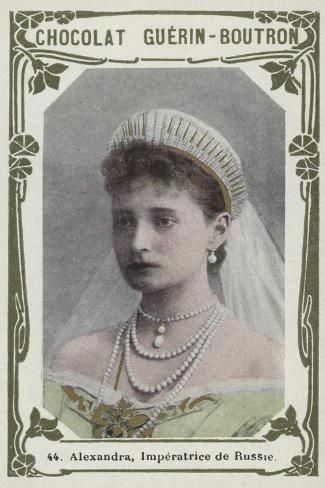
Empress Alexandra Feodorovna, née Princess Alix of Hesse.

Princess Louise of Schaumburg-Lippe, née Princess Louise of Denmark.
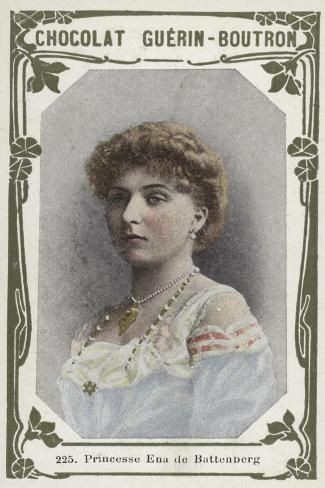
Queen Victoria Eugenie of Spain, née Princess Victoria Eugenie of Battenberg.
#queen sophia of greece#princess sophia of prussia#princess beatrice of edinburgh#duchess of galliera#empress maria feodorovna#dagmar of denmark#queen marie of romania#princess marie of edinburgh#queen victoria#queen margherita of italy#margherita of savoy#empress alexandra feodorovna#alix of hesse#princess louise of denmark#princess louise of schaumburg-lippe#queen victoria eugenie of spain#princess victoria eugenie of battenberg#chocolate cards
25 notes
·
View notes
Text
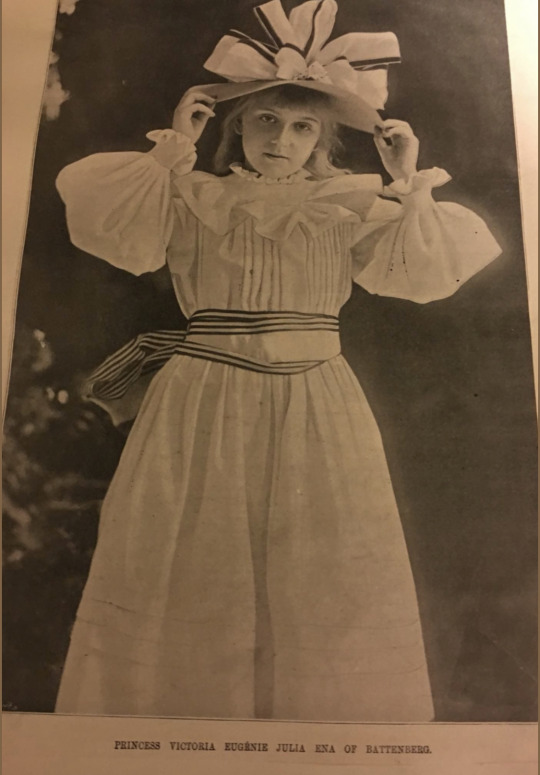
Extremely rare photo of Princess Victoria Eugenie “Ena” of Battenberg (later Queen of Spain), 1890s 🤍✨🌸
Source: Pinterest
#so rare!#princess victoria eugenie of battenberg#queen victoria eugenie of spain#ena#princess victoria eugenie#1890s#british royal family#victorian era#ena of battenberg#Victoria Eugenie of battenberg#Victoria Eugenie of Spain
44 notes
·
View notes
Text







Josefine Swoboda (29 January 1861 – 27 October 1924) was an Austrian artist who focused on watercolor portraits. She was from a family of artists and her first lessons in painting were done with her father Eduard Swoboda.
In 1890 she earned the title of court painter from Queen Victoria. She would work off and on for the British royal family until 1899.
Alexandra, Princess of Wales 1895
Princess Alice of Battenberg 1891
Princess Victoria Eugenie of Battenberg 1890
Princess Marie Louise of Schleswig-Holstein 1897
Prince Leopold of Battenberg 1890
Princess Patricia of Connaught
Princess Elizabeth of Hesse and by Rhine 1899
Source of paintings: Royal Collection Trust
#Princess Alexandra of Denmark#Alexandra Princess of Wales#Princess Alice of Battenberg#Princess Andrew of Greece and Denmark#Princess Victoria Eugenie of Battenberg#Queen Victoria Eugenie of Spain#Princess Marie Louise of Schleswig-Holstein#Prince Leopold of Battenberg#Princess Patricia of Connaught#Princess Elizabeth of Hesse and by Rhine#Josefine Swoboda#art#portrait#watercolor#Austrian artists#Woman artist#Female artist
2 notes
·
View notes
Text

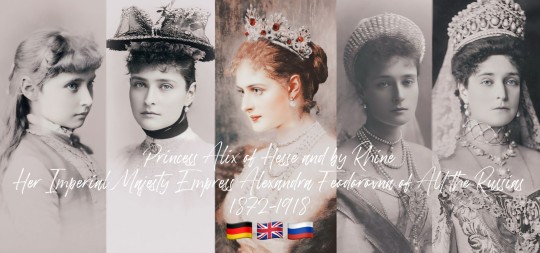
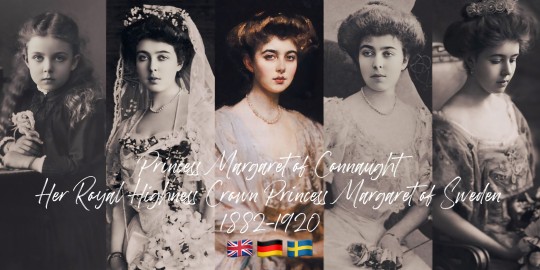
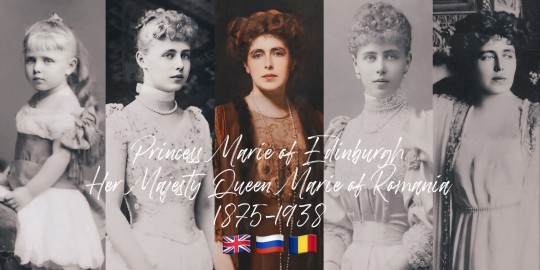

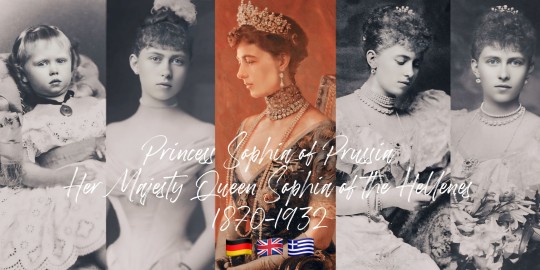
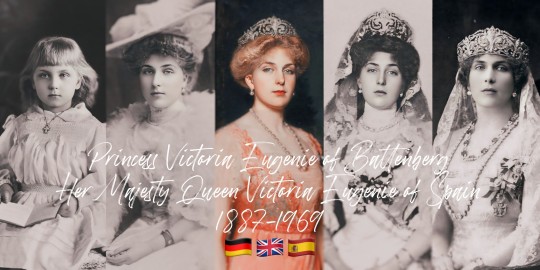
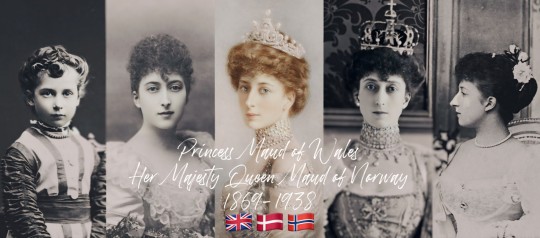
"The Monarchs of Queen Victoria’s Legacy"
Wilhelm II was the first of Queen Victoria's grandchildren to ascend to a throne, becoming German Emperor in 1888. His reign initiated the lineage of monarchs descended from Victoria. The last to be crowned was Marie of Romania in 1914, marking the end of an era for Victoria's royal progeny.
Queen Maud of Norway holds the distinction of having the longest tenure as Queen Consort among Queen Victoria's grandchildren, with a reign that spanned 33 years. Her time on the throne was characterized by a harmonious blend of British heritage and Norwegian culture, leaving a legacy of benevolence and cultural patronage. Conversely, Queen Sophia's role as Queen Consort of the Hellenes was the briefest, lasting just about 4 years due to the political upheavals of World War I and Greece's National Schism, which led to her husband's abdication. Despite the short span, her resilience and dedication to her royal duties remained unwavering.
The execution of Empress Alexandra Feodorovna was a deeply tragic event, reflecting the brutal reality of the Russian Revolution. On the night of 16-17 July 1918, she and her family were executed by Bolshevik revolutionaries in Yekaterinburg. Alexandra witnessed the murder of her husband, Tsar Nicholas II, before she herself was killed with a gunshot to the head. The violence of that night brought an abrupt and grim end to the Romanov dynasty, extinguishing the lives of the last imperial family of Russia in a stark and merciless manner. Her death marked the first among Queen Victoria’s crowned grandchildren. In contrast, Queen Victoria Eugenie of Spain lived through the upheavals of the 20th century, witnessing the restoration of the Spanish monarchy. She passed away in 1969, the last of Victoria’s crowned grandchildren, her life reflecting the dramatic changes of her time.
George V’s United Kingdom, a realm where tradition blends with modernity, continues to stand firm. The monarchy, a symbol of continuity, has weathered the storms of change, its crown passed down through generations, still reigning with a sense of duty and connection to the people.
Maud of Norway’s legacy endures in the serene beauty of Norway, where the monarchy remains a cherished institution. Her reign, characterized by a quiet strength and a nurturing presence, is remembered fondly, and the royal house she helped establish continues to flourish.
Margaret of Connaught’s Swedish monarchy, into which she married, stands resilient. Though she never became queen, her descendants uphold the traditions and values she embodied, maintaining the monarchy as a pillar of Swedish national identity.
Victoria Eugenie of Spain saw the Spanish monarchy navigate the tumultuous waters of the 20th century, enduring a republic and a dictatorship before being restored. Today, it stands as a testament to resilience, with her bloodline still on the throne, embodying the spirit of reconciliation and progress.
In stark contrast, the fates of other monarchies were marked by tragedy:
Wilhelm II witnessed the fall of his German Empire in the aftermath of World War I. His abdication marked the end of an era, and he spent his remaining years in exile, a once-mighty emperor without a throne, reflecting on the lost glory of his realm.
Sophia of Hellenes experienced the disintegration of the Kingdom of Greece amidst political upheaval. The monarchy, once a symbol of national unity, was abolished, leaving her and her family to face the harsh reality of a world that had moved beyond the age of empires.
Alexandra Feodorovna’s Russian Empire crumbled during the Bolshevik Revolution. The tragic end of the Romanov dynasty saw her and her family executed, their fates sealed by the tides of revolution that swept away centuries of monarchical rule.
Marie of Romania’s kingdom, once a beacon of hope in the aftermath of World War I, eventually succumbed to the forces of history. The monarchy was abolished after World War II, and the royal family faced the stark reality of a republic.
#wilhelm ii#Marie of Edinburgh#Marie of romania#George v#alix of hesse#alexandra feodorovna#Margaret of connaught#Margaret of Sweden#Victoria eugenie of Spain#Sophia of Prussia#Sophia of Hellenes#Sophia of greece#queen maud#princess maud of wales#Victoria eugenie of battenberg
47 notes
·
View notes
Text
꧁ ✵ Royals & Josefine Swoboda ✵ ꧂
~ (Part 1) ~
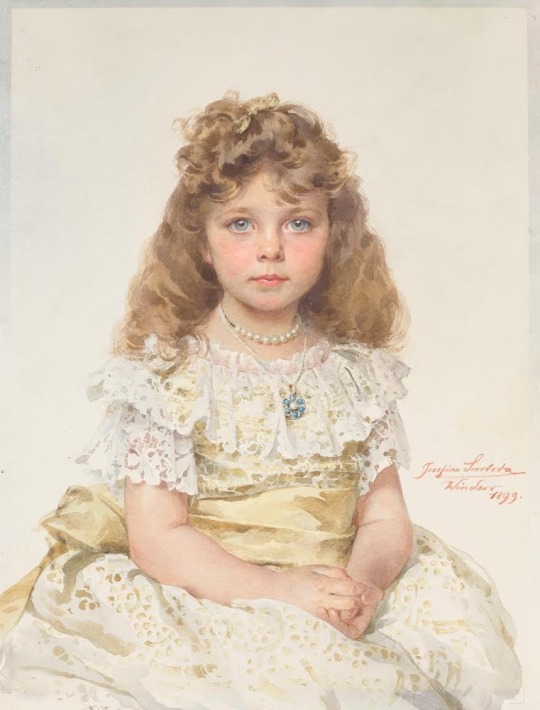
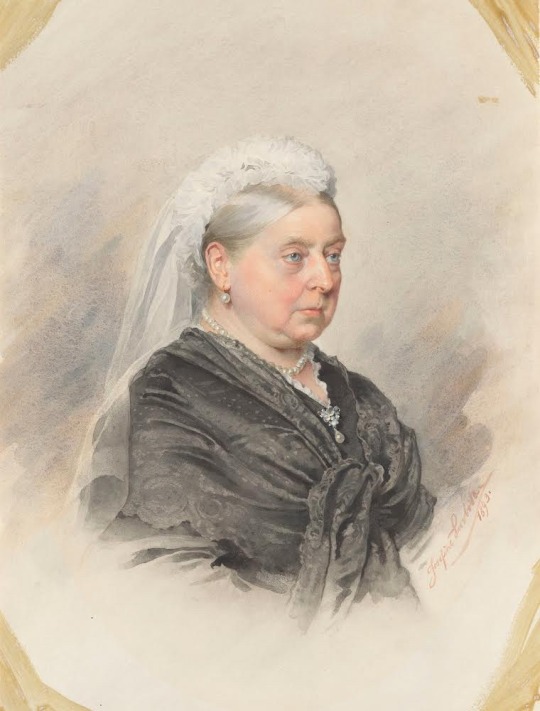
꧁✵꧂


꧁✵꧂
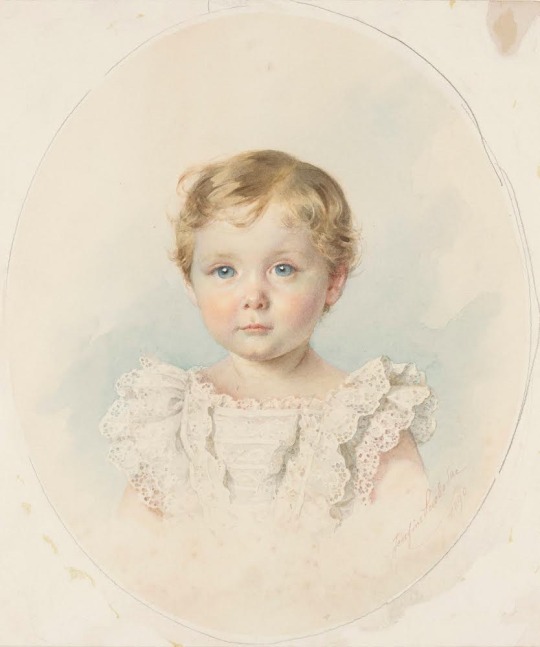
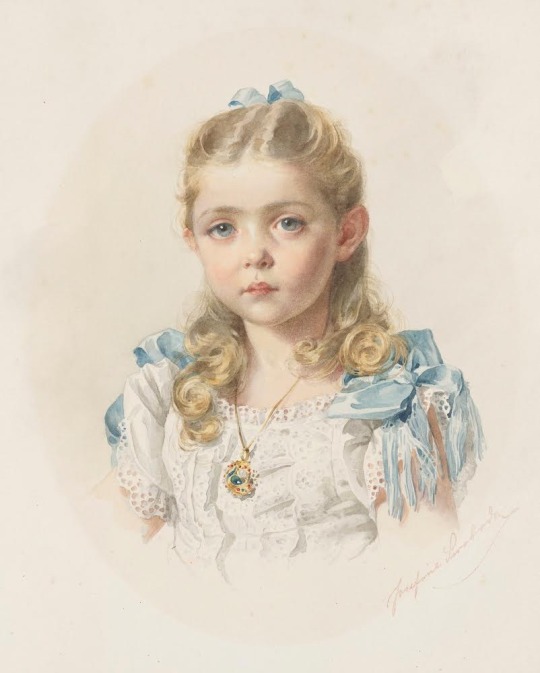
꧁✵꧂
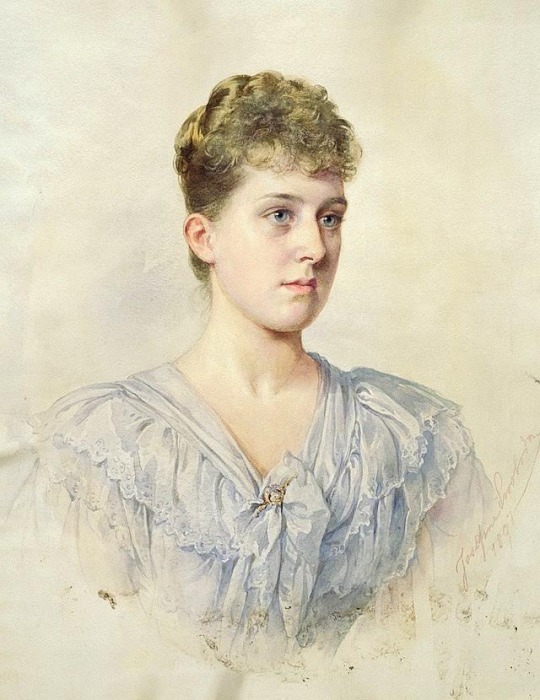
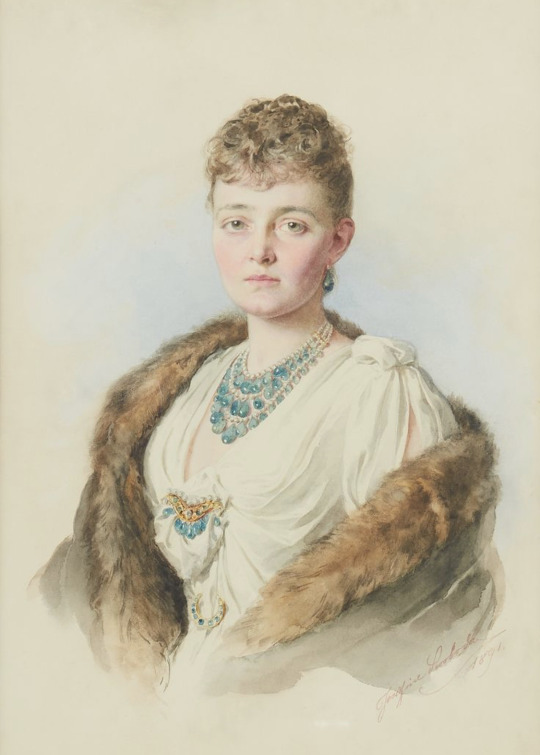
꧁✵꧂
#one of my fav painters 🤍#josefine swoboda#art#vintage art#painting#paintings#royals#princess elisabeth of hesse#Queen Victoria#princess victoria eugenie of battenberg#queen victoria eugenie of spain#princess marie of edinburgh#princess Marie of saxe coburg and gotha#queen marie of romania#princess victoria melita#grand Duchess of hesse#prince leopold#prince Leopold of Battenberg#princess patricia of connaught#princess marie louise of schleswig holstein#Louise Margaret of Prussia#Duchess of Connaught#Josephine swoboda#british royal family#hessian royal family#Battenberg#spanish royal family
26 notes
·
View notes
Text

Victoria Eugenie Julia Ena of Battenberg, later Queen consort of Spain with her mother, Beatrice Mary Victoria Feodore of United Kingdom, Princess Henry of Battenberg
German vintage postcard
#kingdom#queen#spain#historic#consort#victoria#photography#postal#later#beatrice mary victoria feodore#united kingdom#united#ansichtskarte#battenberg#princess#photo#sepia#beatrice#mary#victoria eugenie#vintage#german#postcard#julia ena#eugenie#briefkaart#feodore#julia#henry#mother
8 notes
·
View notes
Photo
Them holding hands<3

Queen Victoria Eugenia of Spain and Queen Ingrid of Denmark attending the wedding of Prince Juan Carlos of Spain and Princess Sophia of Greece & Denmark (future King and Queen of Spain), Athens 1962
#queen victoria eugenie of spain#princess victoria eugenie of battenberg#queen ingrid of denmark#princess ingrid of sweden
114 notes
·
View notes
Note
Hello😁 can you share your favorite queens?
Thank you for the great ask anon, of course! 🥰
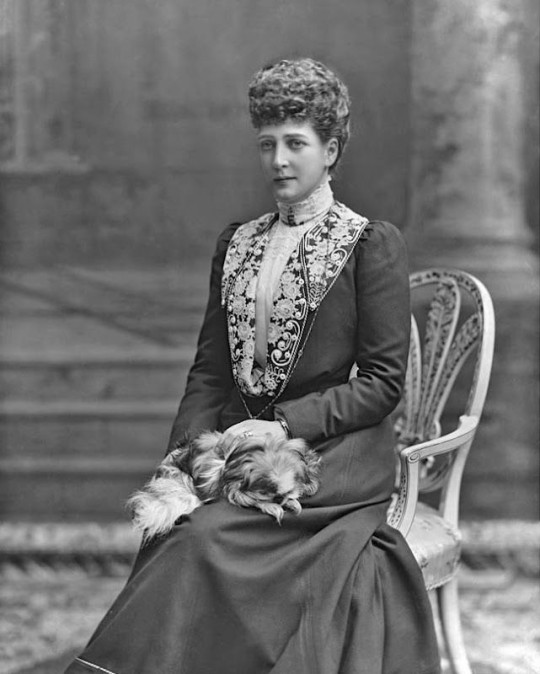
#1: Queen Alexandra of the United Kingdom – (nèe Princess Alexandra of Denmark, "Alix".
— She was beautiful, a warm and caring mother/grandmother, was popular as Princess of Wales and Queen Consort among of her people because of her good nature, and she supported many charities, including her own: "Alexandra Rose Day", founded by Queen Alexandra in 1912, this was a charity where flowers were being sold and all the money went to supporting Londoners in poverty. This was inspired by a priest in her native Denmark selling roses to raise money for those in need, Queen Alexandra brought the idea back to the United Kingdom. ❤✨

#2: Queen Anne Boleyn of England – (nèe Lady Anne Boleyn)
— She was intelligent, funny, caring and kind to all of people, and as her two years as Queen Consort she supported many charities, and even "gave alms to the poor, provided for widows, and even sewed shirts and smocks for the needy". She also helped with promoting new educational identities for monasteries, which were no longer under the protection of the Catholic Church. After only two years of being Queen Consort when she was said to have been 35 years old, she was executed after being imprisoned in the Tower of London for 17 days because she was accused of committing treason, but the true reason she was executed was because she failed to give King Henry VIII a male heir. ☹️💔
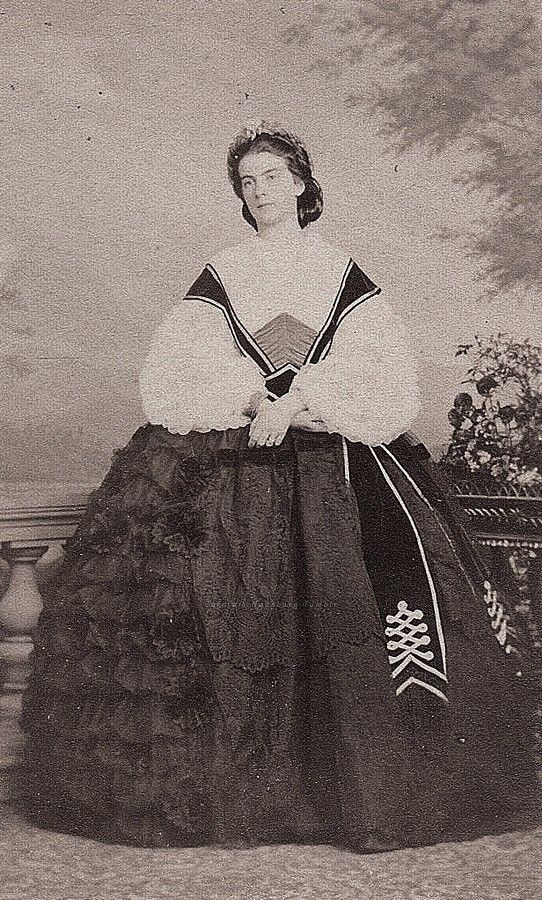
#3: Queen Marie Sophie of the Two Sicilies – (nèe Duchess Marie Sophie in Bavaria)
— She was beautiful, bright, and fierce. She was given the nickname the "Warrior Queen", the "Heroine of Gaeta" and the "modern Joan of Arc", rallying the troops, nursing the injured, feeding her forces at her own table and taunting Garibaldi's army from the battlements with the words; "Go ahead and shoot me. I will be where my men are". It was said of her that the Queen would "wipe your brow if you were wounded or hold you in her arms while you die". ❤️🔥👑
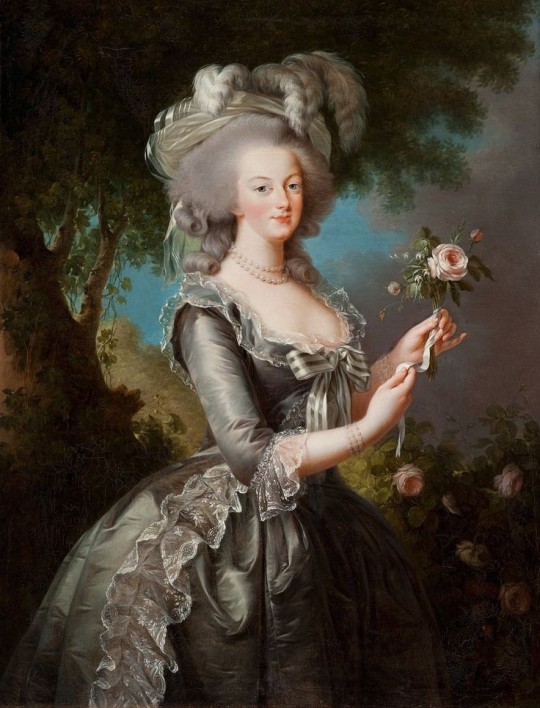
#4: Queen Marie Antoinette of France – (nèe Archduchess Marie Antoinette of Austria)
— She was honest, lovable, bold, a social butterfly who loved gambling, partying and extravagant fashions. Growing up she was closest with her sister, Maria Carolina, who was three years older, and with whom she had a lifelong close relationship. As Queen, Marie Antoinette was always unpopular, she spent lavishly, but her extravagance was only a minor cause of France's growing debt in the 1770-80s. Because of Louis XVI's indecisiveness, Marie played an increasingly prominent political role. But was very beloved for her charitable activities and patronage of the arts. She supported various charitable organizations and institutions, and she was also a benefactress of the poor. 💞🎀
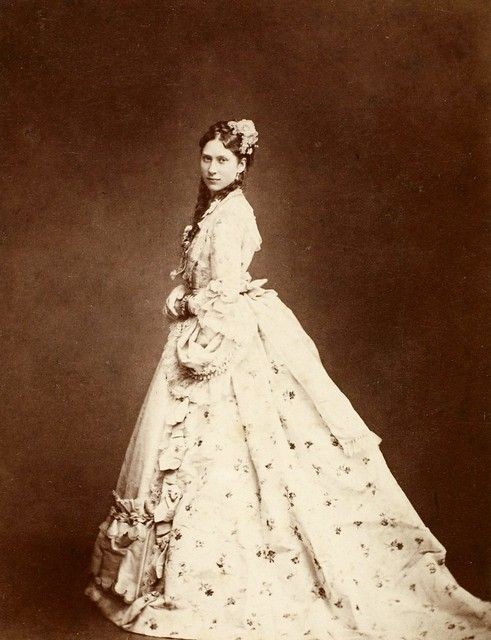
#5: Queen Lovisa of Denmark – (nèe Lovisa of Sweden)
— She was described as intelligent, with an ability to be natural, easy and friendly. And As Queen, she was mainly known for her many charity projects, an interest that she shared with her spouse. She did not care for ceremonial duties and public events, and lived a discreet life dedicated to her children and her interests in art, literature and charity. After a short tenure of only six years as Queen, she was widowed in 1912.
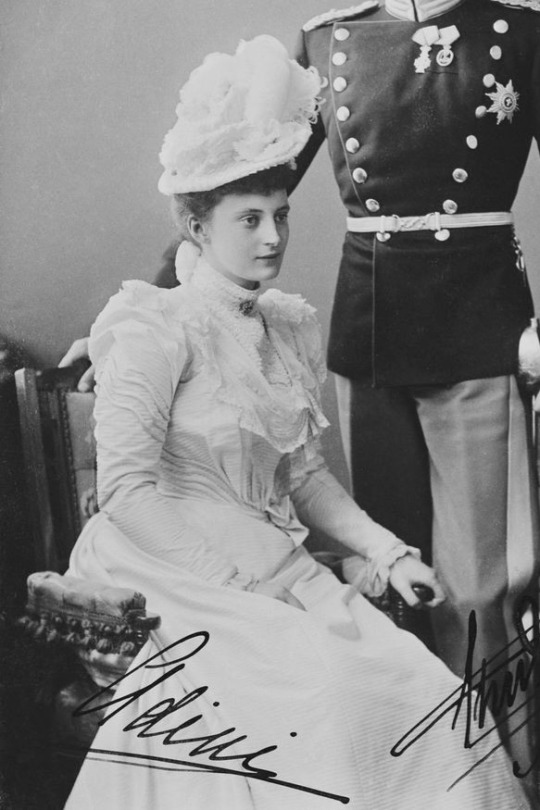
#6: Queen Alexandrine of Denmark – (nèe Alexandrine of Mecklenburg-Schwerin)
— She was reticent by nature. Her childhood was characterised by regular sporting activities, and from a young age she played the piano to a high standard. Her great interest in music stayed with her for her entire life and was passed on to her equally musical eldest son, Prince Frederik (IX). As of her first years as Queen, she had difficulty getting used to public attention, and she preferred to avoid the media limelight, but performed her functions in an exemplary manner. In the home her presence was crucial for the two boys, since Christian X was known for surrounding himself with a certain atmosphere of the barracks. Queen Alexandrine undertook extensive charity work until her death and was an avid golf player and photographer, who also loved doing needlework to a high standard. 💫
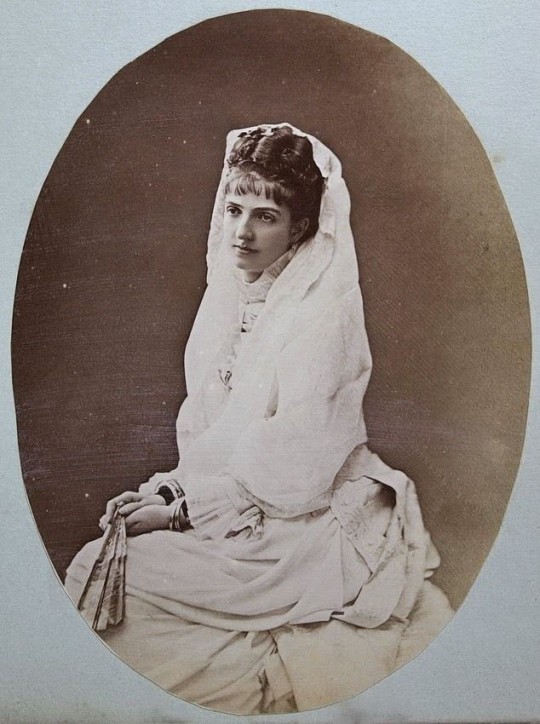
#7: Queen Margherita of Italy – (nèe Margherita of Savoy)
— She was described as sensitive, proud and with a strong force of will without being hard, as well as having the ability to be charming when she chose to. As to her appearance, she was described as a tall, stately blonde, but she was not regarded as a beauty. As Queen, she worked to protect the monarchy against republicans and socialists, and she gathered a circle of conservative intellectuals and artists known as the "Circolo della Regina" (Circle of the Queen) in her famous literary salon known as "Giovedì Della Regina" (Queen's Thursdays), where she benefited artists and writers.
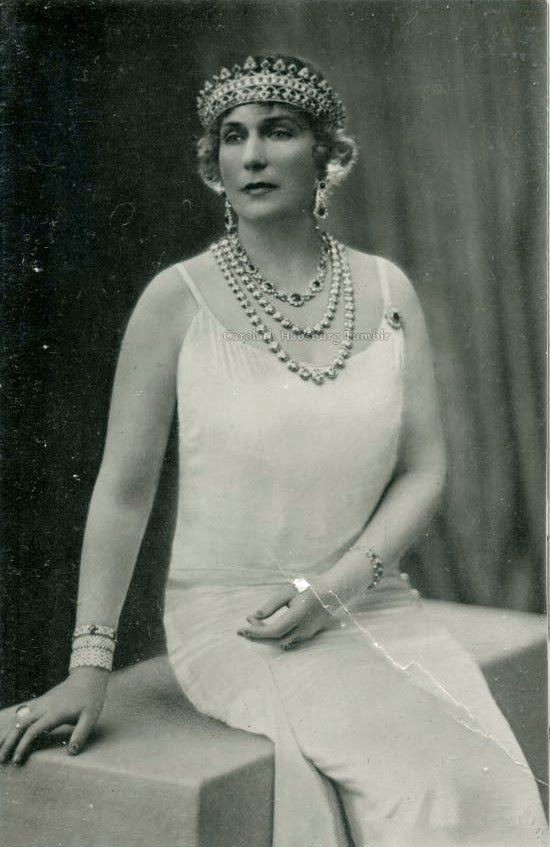
#8: Queen Victoria Eugenie of Spain – (nèe Princess Victoria Eugenie of Battenberg), "Ena".
— She was described as very kind but very strict and she devoted herself to work for hospitals and services for the poor, as well as to education. She also involved herself in the reorganization of the Spanish Red Cross. In 1929, the city of Barcelona erected a statue of her in a nurse's uniform in honour of her Red Cross work and since the the statue has been destroyed.
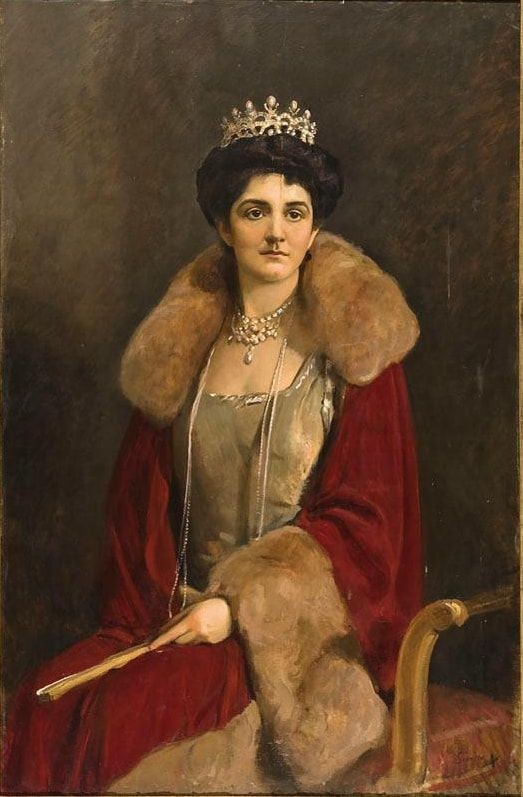
#9: Queen Elena of Italy – (nèe Elena of Montenegro)
— She was described as shy and reserved but also rather stubborn. Very attached to traditions, with a sensitive soul and a lively and curious mind, she was endowed with a strong love for nature: her favourite flower was the Cyclamen. She was a very tall woman of 180 cm (5'11). As Queen, her commitment to numerous charitable and welfare initiatives, which assured her great sympathy and popularity, was profuse. The Queen went well beyond mere charity: her evangelical spirit led her to practice every day the most genuine and most charitable love of neighbor.
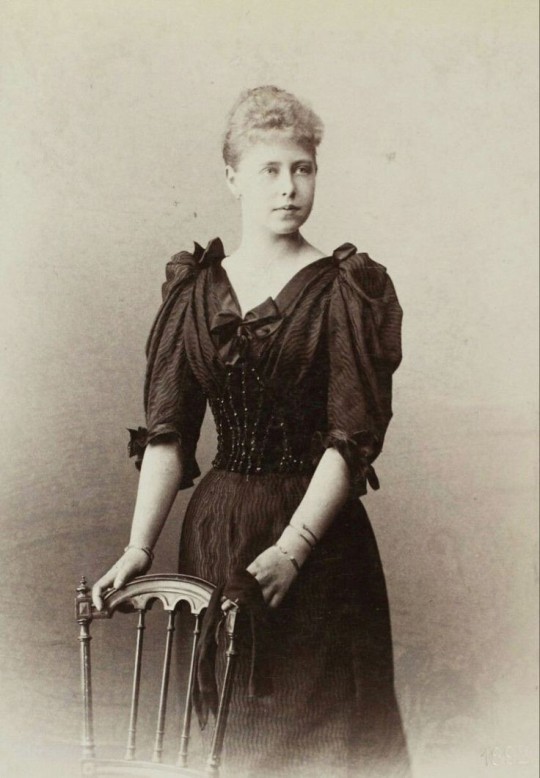
#10: Queen Marie of Romania – (nèe Princess Marie of Edinburgh), "Missy".
— She was described as very beautiful and high spirited. As a young girl, Marie was very close with her sisters, but mostly her sister Victoria Melita, they played many games with their father and Marie's mother, the Duchess of Edinburgh neglected Marie and her sisters' education, considering them not very bright or gifted. But in the fields of painting and drawing, Marie and her sisters had inherited her grandmother, Queen Victoria's talent. On October 11th, 1914, Marie and her husband Ferdinand were acclaimed as king and Queen in the Chamber of Deputies. Princess Anne Marie Callimachi, a close friend of Marie, wrote that "as Crown Princess, she had been popular; as Queen, she was more loved". Marie maintained a certain influence on her husband and the entire court, leading historian A. L. Easterman to write that "it was not Ferdinand, but Marie who ruled in Romania".
#answered ask#queen alexandra#alexandra of denmark#anne boleyn#queen marie sophie of the two sicilies#duchess marie sophie in bavaria#marie antoinette#queen lovisa of denmark#lovisa of sweden#queen alexandrine of denmark#alexandrine of mecklenburg-schwerin#queen margherita of italy#margherita of savoy#queen victoria eugenie of spain#princess victoria eugenie of battenberg#queen elena of italy#elena of montenegro#queen marie of romania#princess marie of edinburgh#informational
18 notes
·
View notes
Text

Princess Viktoria “Moretta” of Prussia (later Princess of Schaumburg-Lippe) holding her baby cousin Princess Victoria Eugenie of Battenberg (later Queen of Spain), 1890 🤍✨
#this photo has always been close to my heart 🥹🤍#princess viktoria of prussia#princess Victoria of prussia#Victoria of prussi#princess victoria eugenie of battenberg#queen victoria eugenie of spain#victoria eugenie of spain#victoria Eugenie of Battenberg#1890#favs
25 notes
·
View notes
Text


“THIS IS THE LAST OF FIVE PORTRAITS DE LÁSZLÓ PAINTED OF QUEEN VICTORIA EUGENIA…”
PIC(S) INFO: Spotlight on a portrait of Queen Victoria Eugenia of Spain, née Princess Victoria Eugénie Julia of Battenberg; Consort of Alfonso XIII, c. 1927. Oil on canvas, 88.5 x 62.5 cm (34.84 x 24.61 in.), artwork by Philip de László. Public Collection, Museo del Prado, Madrid.
PIC #2: Queen Victoria Eugenie, c. 1927, a preliminary sketch for the painting above.
DESCRIPTION: Half length slightly to the left, almost full face slightly towards the right, wearing a plain sleeveless black gown, a black lace mantilla, a black lace and chiffon stole over her shoulders and arms, the Order of Queen María Luisa on a purple and white ribbon pinned to her dress, and emerald drop earrings.
OVERVIEW: “This is the last of five portraits de László painted of Queen Victoria Eugenia. It was executed in Madrid in 1927, seventeen years after his first visit to the royal palace in 1910, when he painted the Queen for the first time [7933]. De László had then closely examined the works not only of his idol, Velasquez, but of Goya, who had also been a source of inspiration for his Spanish royal portraits. His discreet homage to Goya, such as in the portrait of the Queen Mother María Cristina [7922], was at the time essentially confined to the treatment of the background – with flatter, smoother brush strokes, and in deep fawn, rather than dark brown – and to the greater solidity of his figures, the modelling of which stood out against such a uniform field.”
– THE DE LÁSZLÓ ARCHIVE TRUST (The artist's extensive personal archive of letters, press cuttings and business correspondence)
Sources: http://godsandfoolishgrandeur.blogspot.com/2017/06/royal-spain-portraits-of-spanish-royal.html & The De László Archive Trust.
#Princess Victoria Eugénie Julia of Battenberg#1927#Oil on Canvas#Philip de László#Madrid#Princess Victoria Eugénie Julia of Battenberg 1927#Philip de László Art#Philip de László Artist#Victoria Eugenie of Battenberg#Spanish Royalty#Museo del Prado#Oil painting#Oil paintings#Spanish Royal Family#Queen Victoria Eugenie#Spanish Monarchy#Portraits of Spanish Royalty#Queen Victoria Eugenia of Spain#Paintings#Portraits#Queen Victoria Eugenie of Spain 1927#Victoria Eugenia de Battenberg#Queen of Spain#Philip de László 1927#Ena#The Queen of Spain#Queen Victoria Eugenia of Spain 1927#Victoria Eugenia de Battenberg 1927#Queen Victoria Eugenie of Spain#Feminine beauty
3 notes
·
View notes
Text
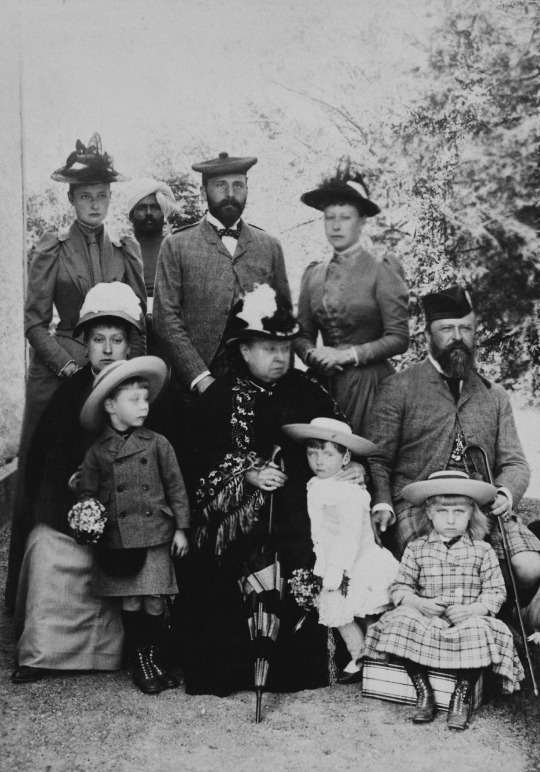
Queen Victoria with her daughter Princess Beatrice, Princess Henry of Battenberg and her in-laws Grand Duke Louis of Hesse and Prince Henry of Battenberg and her grandchildren Victoria, Princess Ludwig of Battenberg, Alix of Hesse, Princess Victoria Eugenie, Prince Alexander and Prince Leopold of Battenberg 1891.
#queen victoria#princess beatrice#louis of hesse#henry of battenberg#victoria of battenberg#alix of hesse#Victoria eugenie#Alexander of Battenberg#leopold of Battenberg#alexandra feodorovna#victoria of hesse#british empire#1890s
19 notes
·
View notes
Text
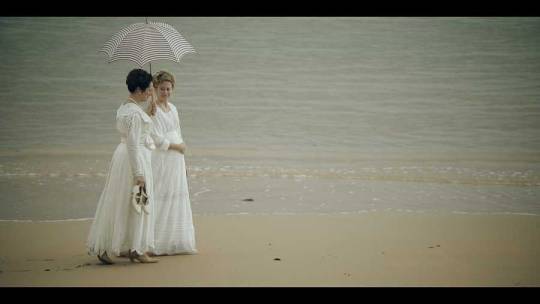
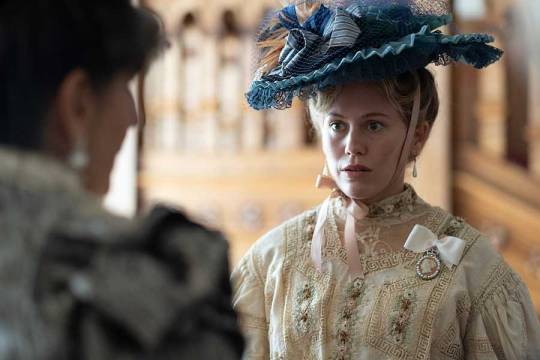



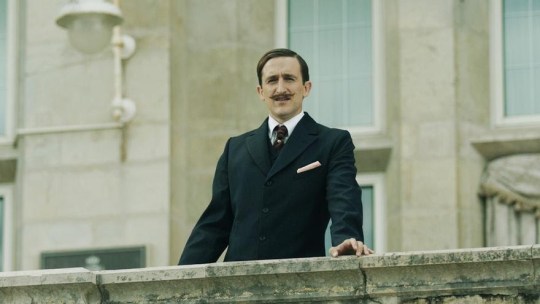


Upcoming series: Ena
In September, the filming of Ena began, a biographical series that will focus on the life of Victoria Eugenie of Battenberg, queen of Spain through her marriage to Alfonso XIII between May 31, 1906 and April 14, 1931, after being the monarchy deposed later by the proclamation of the Second Republic. Great-grandmother of the current king Philip VI of Spain, of whom she was godmother at his baptism. Throughout six chapters, the series will tell the life of Victoria Eugenie and at the same time offer a portrait of a time that changed the world, the first half of the 20th century, from 1905 to 1945. Born on October 24, 1887 in Aberdeenshire, Scotland, Ena was the daughter of Henry of Battenberg and Princess Beatrice, youngest daughter of Queen Victoria of the United Kingdom and Prince Albert of Saxe-Coburg and Gotha. Her godmother was Eugenia de Montijo, empress consort of France as Napoleón III's wife. The name of the series comes from what her friends and family called her since she was little, Ena.
The fiction is based on the novel of the same name by Pilar Eyre. Javier Olivares, who was behind the acclaimed Isabel and El Ministerio del Tiempo, will be the showrunner and plot manager for Ena. In addition to Olivares, the script is written by Isa Sánchez, Daniel Corpas and Pablo Lara Toledo. The series will be directed entirely by women: Anaïs Pareto, director of the series as a whole, in addition to four episodes, and Estel Díaz, who will direct two episodes.
“Ena is the portrait of historical moments that seem distant but are not so far away, because without them we would not understand the times we live in now,” Olivares declares in the press release sent by TVE. The writer and screenwriter remembers that Victoria Eugenie “fought to be happy in a bitter time, in which she witnessed two world wars, a civil war and a great pandemic, the tortuously called Spanish flu.”
For Pilar Eyre, author of the novel, she was "an extraordinary woman: cultured, supportive, liberal-minded, modern and very loyal." And she is excited because "finally all Spaniards can know" the story of a "misunderstood" woman. in their time, which they will always consider foreign." It is a fiction co-produced by RTVE with Ena La Serie AIE, La Cometa TV and Zona App. José Pastor, director of Film and Fiction at RTVE, has pointed out that "it is a "RTVE is proud to be able to portray this interesting historical character, from the point of view of two women directors and with Javier Olivares as showrunner, in one of its best series."
The Spanish actress of Anglo-Danish descent Kimberly Tell will play Ena and Joan Amargós will play Alfonso XIII. For her part, Elvira Mínguez will play Maria Christina von Habsburg-Lothringen, mother of Alfonso XIII. The cast is completed by Lucía Guerrero (Beatrice of Saxe-Coburg and Gotha), Raúl Mérida (Alfonso of Orleans and Bourbon), Juan Gea (Álvaro Figueroa y Torres, Count of Romanones), María Morales (María del Carmen Angoloti y Mesa, Duchess of Victoria), Pedro Mari Sánchez (Rodrigo de Saavedra y Vinent, Marquis of Villalobar), Luisa Gavasa (Eugenia de Montijo) and Joaquín Notario (José de Saavedra y Salamanca, Marquis of Viana)
Mariano Peña will play Miguel Primo de Rivera; Jaume Madaula will play the anarchist Mateo Morral, author of the attack committed at the royal wedding; Tomás del Estal will be Emilio María de Torres y González-Arnáu, and Ángel Ruiz will once again give life to Federico García Lorca, a character he already played in El Ministerio del Tiempo, among others.
The series will be filmed entirely in natural exteriors and interiors, like the Royal Palace of Madrid, the Palace of La Granja de San Ildefonso (Segovia), the Palace of Santoña (Madrid), the Palace of Fernán Núñez (Madrid), the Fort of San Francisco (Guadalajara) and the Magdalena Palace (Santander), built in 1911 by the City Council as a tribute to the monarchs and where Ena spent a good part of her summers in Spain, accompanied by the Royal Family. Filming for the series will continue until the end of December.
~~~~~~~~~~~~~~~~~~~~~~~~~~~~~~~~~~~~~~~~~~
So, the Magdalena Palace is going to be an important location during the series as a summer palace, the main filming location in Gran Hotel, and in that series Ena appeared in the episode 3×13, played by Aída Filx.
Apart from that, are we getting an Olivaresverse (XD)? Most likely not, and it's just references about his previous works as a showrunner, but there are connections between Isabel, Emdt and Ena: Michelle Jenner starring Isabel as Isabella I of Castile, then appearing in a couple of scenes in Emdt episode 1×04 and being an important figure in the lore as the foundress of the ministry (& Eusebio Poncela playing as Cisneros in both series, and also he played Cisneros in the film La Corona Partida and the Carlos Rey Emperador series); Alfonso XIII is a descendant of Isabella I of Castile; Ángel Ruiz appeard as Lorca in Emdt in 4 episodes and now he is on Ena playing as Lorca again, we don't know yet how much screentime he will get or which will his role be (secondary character most likely), but it's great to see more about him!
#Ena#period dramas#upcoming series#ena tve#victoria eugenie of battenberg#maria christina von hasburg#alfonso xiii of spain#kimberley tell#joan amargós#rtve series#pilar eyre#javier olivares#anaïs pareto#estel diaz#federico garcía lorca#ángel ruiz#elvira míngez#maria christina von hasburg-lothringen#lucía guerrero#beatrice of saxe-coburg and gotha#raúl mérida#alfonso of orleans and bourbon#juan gea#álvaro figueroa y torres#maría morales#maría del carmen angoloti y mesa#pedro mari sánchez#rodrigo de saavedra y vinent#luisa gavasa#eugenia de montijo
21 notes
·
View notes
Text
Queen Victoria Eugenia of spain, née Princess of Battenberg by ?. From tumblr.com/victoriaeugeniabattenberg/649358376604762112/carolathhabsburg-queen-victoria-eugenia-of-spain?; fixed spots & flaws w Pshop 532X732.
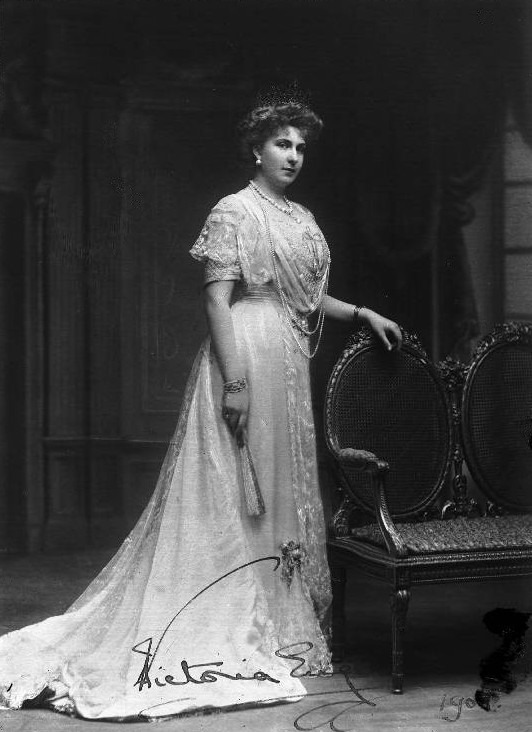
1900s Queen Victoria Eugenie. From tumblr.com/victoriaeugeniabattenberg/727663668727365632/empress-alexandra-queen-victoria-eugenie-of? 800X1086.
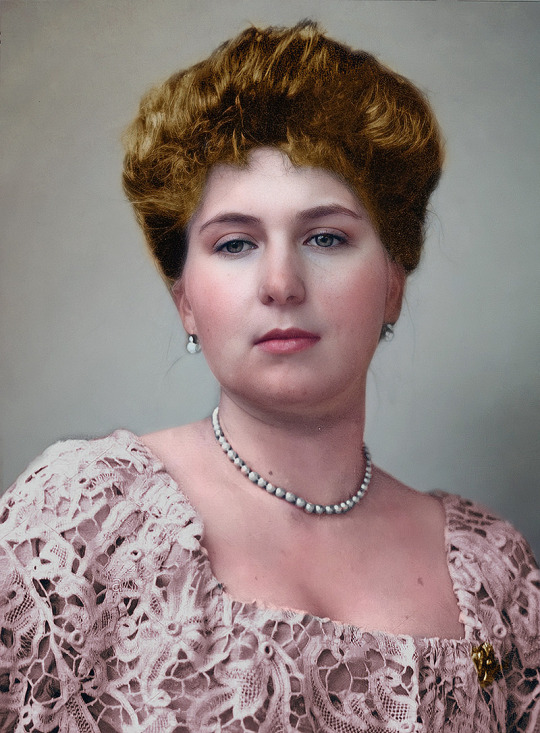
#1900s fashion#Belle Époque fashion#Edwardian fashion#Victoria Eugenia#pouter pigeon bodice#elbow-length sleeves#vest#quarter-length sleeves#waist band#close skirt#fan#lace#square neckline
7 notes
·
View notes
Text
Portraits of Romanovs (and Relations) by Nicholas Panagiotti Zarokilli
Nicholas Pannagiottis Zarokilli was born in Turkey in 1879. He was a painter particularly fond of creating pictures of beautiful women. From 1912 to 1920, Zarokilli produced paintings for publications like MoToR, Modern Priscilla, Women’s Home Companion, The Green Book, McCall’s, and The Saturday Evening Post.
He also designed World War I posters. The United States needed money for the war, so the artist created posters to try and encourage people to give for the cause.
Zarokilli was known well for his dry-point paintings. Drypoint is a printmaking technique of the intaglio family, in which an image is incised into a plate or "matrix" with a hard-pointed "needle" of sharp metal or diamond point. In principle, the method is practically identical to engraving.
He painted portraits for people such as the Queen of Spain, the Archbishop of Canterbury, Grand Duchess Anastasia, the King of Portugal, and Mr. and Mrs. Solomon Guggenheim. Landscapes were also his love, painting the cities of Venice, Madrid, and Seville.
The following is his rendering of several members of the Romanov family (and other relations.) I have seen some of these here and there before (several of you have them in your Tumblrs and always admired them; I think he captures the likenesses admirably. I found the ones here together and identified on the British Museum website (they were done between 1920 and 1922.)
These are the names of the easily recognizable "personages" in the paintings in the order they appear below:
Prince Felix Yusupof (wearing a suit)
Prince Felix Yusupof (head)
Princess Irina Alexandrovna
Grand Duke Alexander Mikhailovich (sitting)
Grand Duke Alexander Mikhailovich (bust)
Prince Andrei Alexandrovich
Prince Feodor Alexandrovich
Grand Duchess Anastasia Mikhailovna
Grand Duke Kyril Vladimirovich
Grand Duchess Maria Pavlovna the Younger
Queen Marie of Romania (born Princess Marie Alexandra Victoria of Edinburgh) - Granddaughter of Queen Victoria
Queen Victoria Eugenie of Spain (born Princess Victoria Eugenie Julia Ena of Battenberg (youngest granddaughter of Queen Victoria, Hessian Princess through the morganatic Battenberg line)



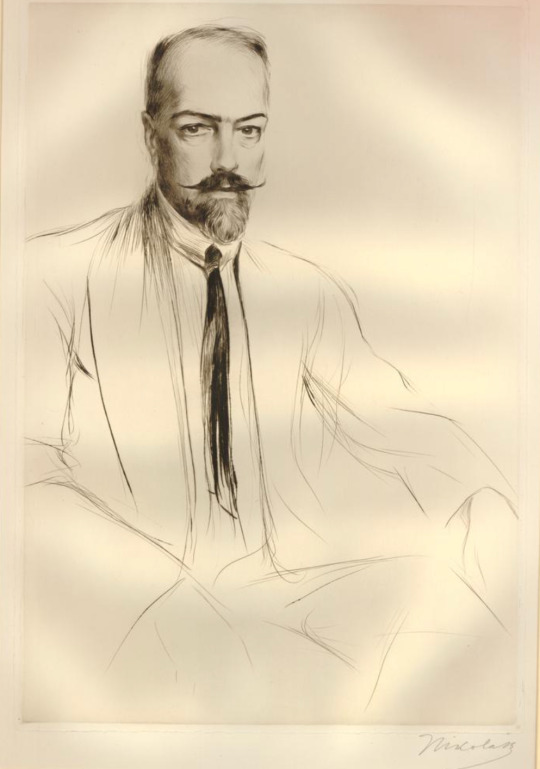
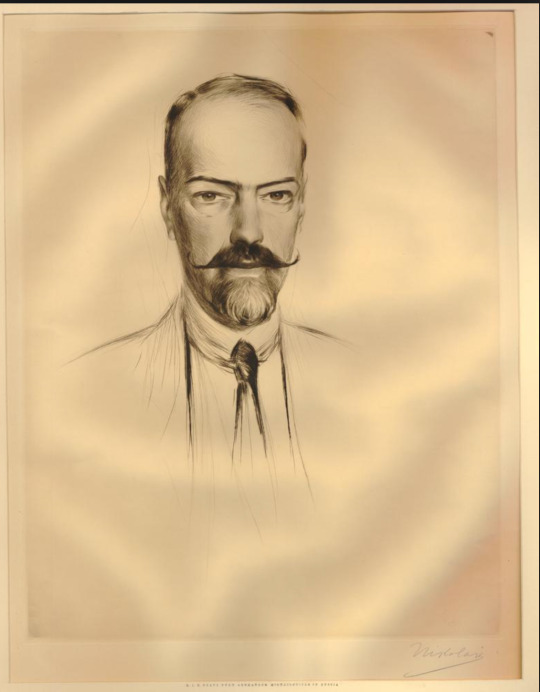

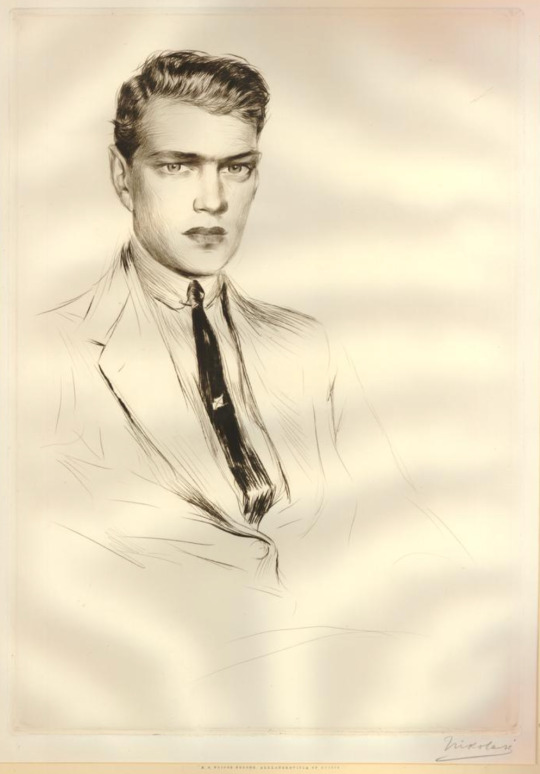


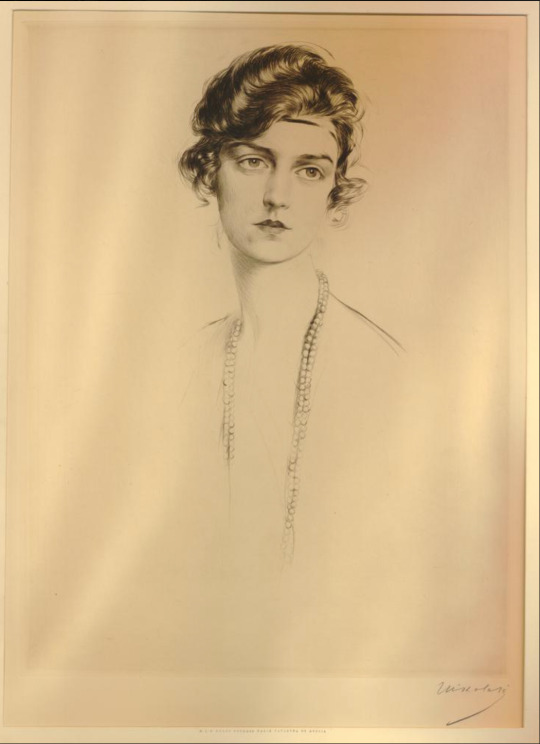

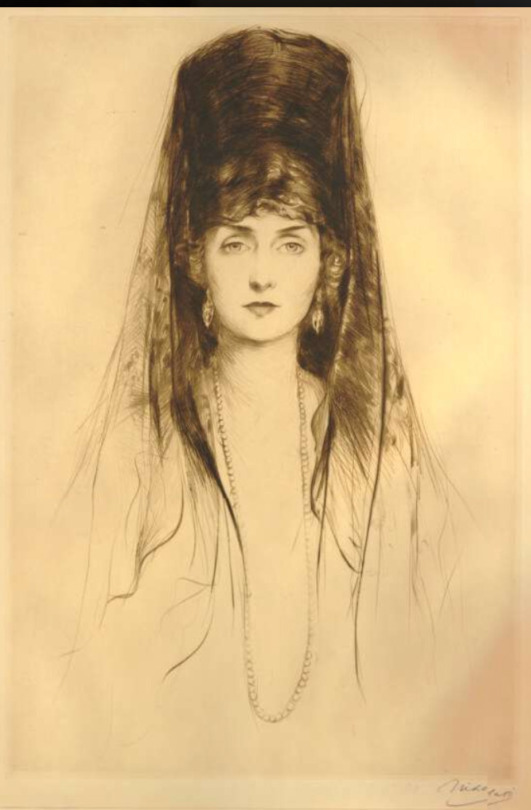
References
N.P. Zarokilli Archives | The Saturday Evening Post
Nicholas Panagiotti Zarokilli | British Museum
#Nicholas Panagiotti Zarokilli#Prince Felix Yusupov#Princess Irina Yusupov#Grand Duke Alexander Mikhailovich#Grand Duchess Anastasia Mikhailovna#Prince Andrei Alexandrovich#Prince Feodor Alexandrovich#Grand Duke Kyril Vladimirovich#Grand Duchess Maria Pavlovna the Younger#Queen Marie of Romania#Queen Victoria Eugenia of Spain#Romanov dynasty
40 notes
·
View notes